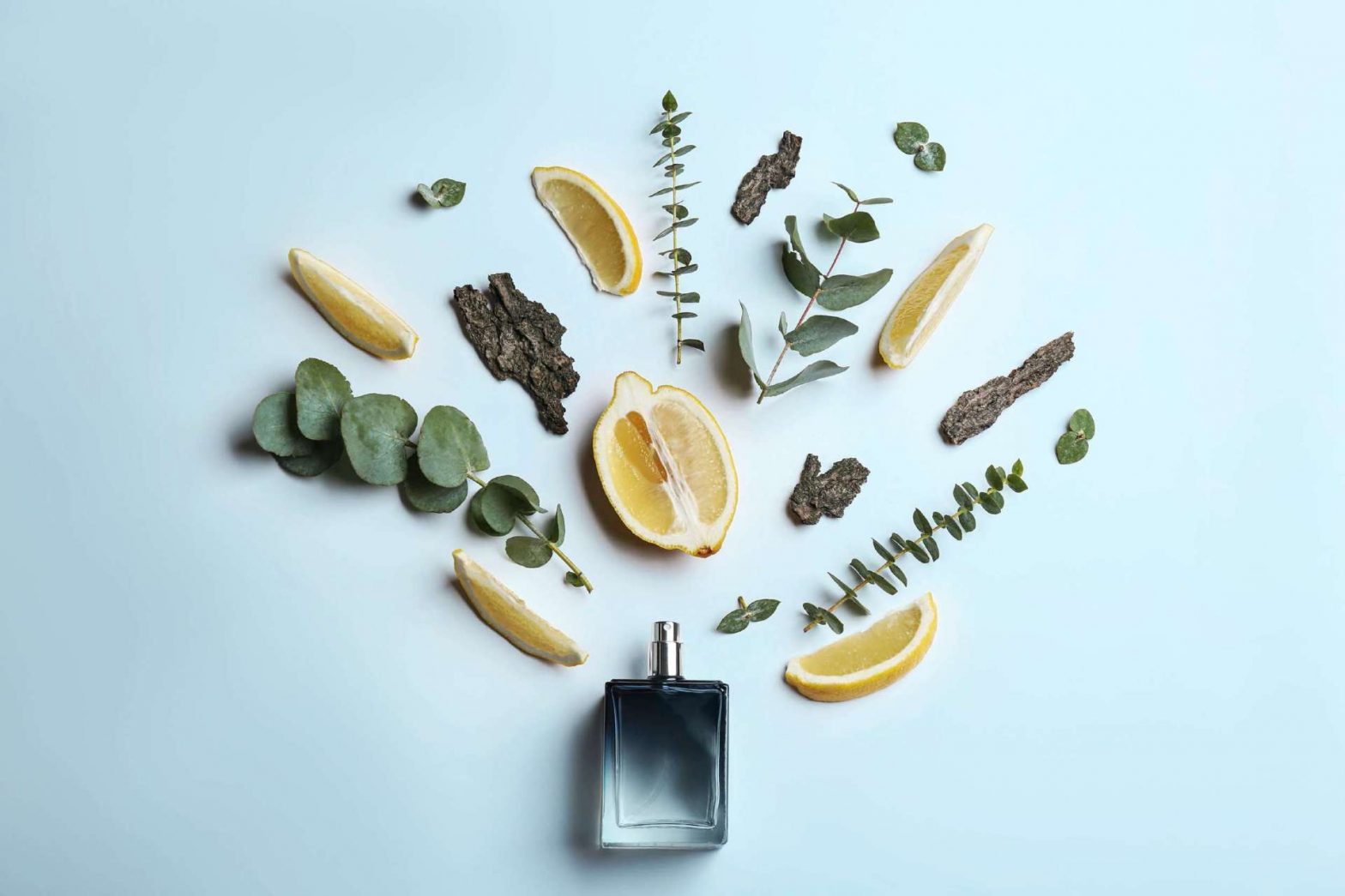When selecting a fragrance at a department store or from an online retailer, there’s lots for you to decipher. From house, brand, type, notes, size, and origin, all the way to those other terms engraved on the box with shiny letters.
One of those other terms is “natural spray,” which you will also see as “vaporisateur natural spray” on French-made fragrances.
When you come across it, what does it really tell you?
“Natural spray” is a term fragrance houses use to indicate that a bottle has been fitted with an atomizer—a pump that sprays a fine, luxurious mist—as opposed to an aerosol spray or a screw top.
On French perfumes, it’s not uncommon to see “vaporisateur” being used instead of, or sometimes in combination with, natural spray. These two terms mean the same thing, and they can be used interchangeably.
Contrary to what some of you may think, it doesn’t refer to the contents of the perfume in any way—and it isn’t indicative of whether that perfume has natural or synthetic ingredients.
What does “natural” in “natural spray” stand for, then?
“Natural” in “natural spray” simply tells you that the atomizer uses a simple and mechanical way of producing a mist, which relies on the principles of airflow and suction.
In contrast, an aerosol spray requires the fragrance to be mixed with gasses, which, when released, will evaporate into the atmosphere and do harm to the Earth’s already-damaged ozone layer. (Should you be curious, National Geographic have a great write-up on the topic.)
At first, all perfumes had a screw top, and they had to be applied to the pulse points of the body using cotton swabs.
Then came the squeeze bulb, which was introduced at the Paris Exhibition of 1878. Perfume, which the wearer could now apply to their body by holding the bottle with their two hands, became even more intimate.
Old-school perfume bottles, the kind that you’ve seen upper-class women use in 20th-century themed movies, had brightly-colored and poshly-decorated squeeze bulbs, which would produce a generous mist into the air when squeezed.
You’d buy (or get gifted) a bottle of this kind once, then cherish and use it for the rest of your life. Gentlemen would often engrave these bottles with the initials of their ladies and gift them as an anniversary gift or, in the case of extra-marital affairs, a courting gift.
Then came the pump sprayers that we know and use today.
Present-day scent bottles are equipped with a pump, made from plastic on lower-end products and from metal on their higher-end counterparts, and a compact but powerful nozzle.
That nozzle lets you, as the wearer, spritz the perfect amount of perfume with greater precision and without wasting a single drop. Compared to the squeeze bulb, it’s also more economical to produce, as its production requires less—and less costly—materials.

